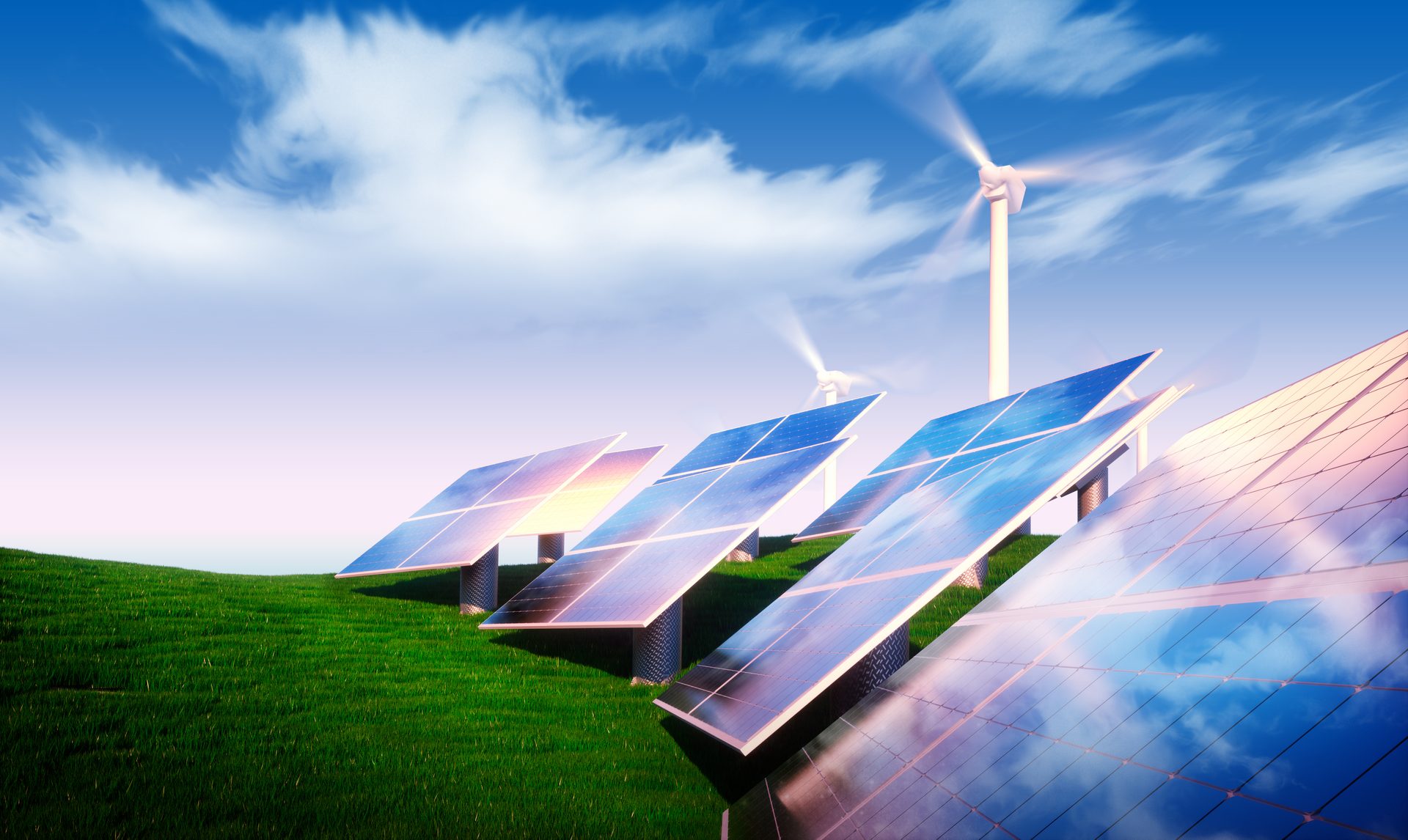EDITOR’S NOTE || By Nicole Krawcke
Decarbonization — for better or worse?
Congress passes historic climate change legislation.

Last month, Congress passed the Inflation Reduction Act, representing the largest investment in clean energy sources in U.S. history. Though the bill is entitled “Inflation Reduction Act,” it's really a “climate change bill with a side helping of health reform,” as New York Times Columnist Paul Krugman describes. The bill, among other things, contains $369 billion in funding for clean energy and electric vehicle tax breaks, domestic manufacturing of batteries and solar panels, and pollution reduction.
If the bill’s policies work as intended, it would accelerate U.S. emission cuts and put the country on a path to reduce greenhouse gases by 40% below 2005 levels by 2030. The bill uses tax credits and other financial incentives aimed at making clean energy options more accessible for consumers, with a particular focus on those who are lower- to middle-income. Those benefits include increasing the affordability of heat pumps and other home infrastructure that revolves around electric power. Additionally, the legislation includes policies to support energy reliability and investment in clean energy manufacturing as well as investments to decarbonize all sectors of the economy through targeted federal support of innovative climate solutions.
The Inflation Reduction Act is the latest federal legislation targeting energy reduction through electrification and decarbonization. Many energy plans are being developed around decarbonization at the state government level as well. These plans are aiming to reduce, and eventually eliminate, fossil fuels for use in heating buildings. As of August, 31 states and Washington, D.C., have set standards for how much of the state’s electricity must come from clean sources by a certain time.
Though federal and state legislation is pushing electrification and decarbonization, it doesn’t mean the U.S. infrastructure is ready to handle such a move. One needs only to look at the winter storm that knocked out power for hundreds of thousands of Texas residents early last year. The electric grid simply couldn’t handle the increased heating loads.

Petmal/iStock/Getty Images Plus via Getty Images.
The plumbing engineering community also seems to be divided on the issue, according to a poll conducted on www.pmengineer.com during the month of August. At the time this column was written, 29% of respondents are for decarbonization and getting there as quickly as possible because it’s in the best interest of the planet and the PHVAC industry. Alternately, 25% are for decarbonization, but said we need to slow down to ensure the grid can handle it; and lastly, 46% said decarbonization is bad for the industry because it limits choices while raising costs for clients.
Longtime PM Engineer Columnist Julius Ballanco, PE, covered the decarbonization and electrification question in his May column. Most notably, he argues that the majority of electricity in the U.S. still comes from burning gas, oil and coal compared to the much smaller percentage generated by nuclear and renewable power. Therefore, in places where electricity was generated by fossil fuels, electrification would have the opposite effect by increasing the amount of carbon dioxide rather than decreasing it.
“Not surprisingly, most fossil-fueled power plants operate at approximately 40% efficiency,” Ballanco writes. “If a gas-fired power plant adds all of the bells and whistles to increase efficiency, they get up to 60% efficient. Not all that great in terms of efficiency… If you want a low-end number to use to determine the breakeven point regarding decarbonization, it would be two-thirds, or 66%, of the electricity must be generated by nuclear power or renewable energy. When the amount of nuclear power and renewable energy increases to generate electricity, decarbonization also increases.”
The Inflation Reduction Act could actually help move the needle along. The bill provides tax credits for clean sources of electricity and energy storage, and roughly $30 billion in targeted grant and loan programs for states and electric utilities to accelerate the transition to clean electricity. But this won’t happen overnight.
As Ballanco writes: “I would rather have a 95% efficient gas-fired boiler installed, as opposed to a highly efficient electric boiler using electricity generated by a 40% efficient fossil-fueled power plant. Electrification is a goal we must strive to achieve, but we are not there yet. It is still going to take a number of years to get to that point.”
In the meantime, MEP engineers need to walk a fine line balancing the need to design energy-efficient, low-emission buildings without driving up costs for clients. Not an easy feat, but also not impossible. All it takes is a little creative thinking.
For better or worse, decarbonization and electrification are coming, and they're here to stay.

